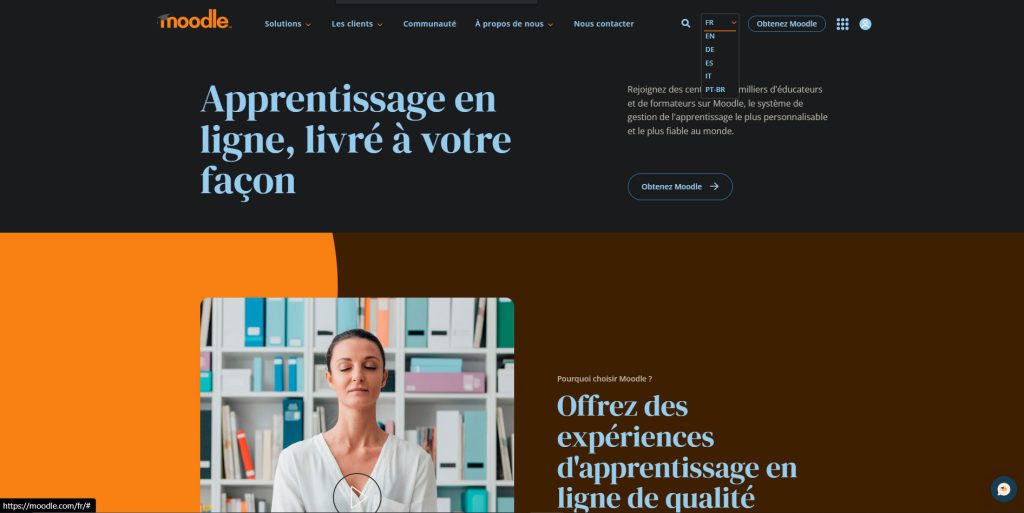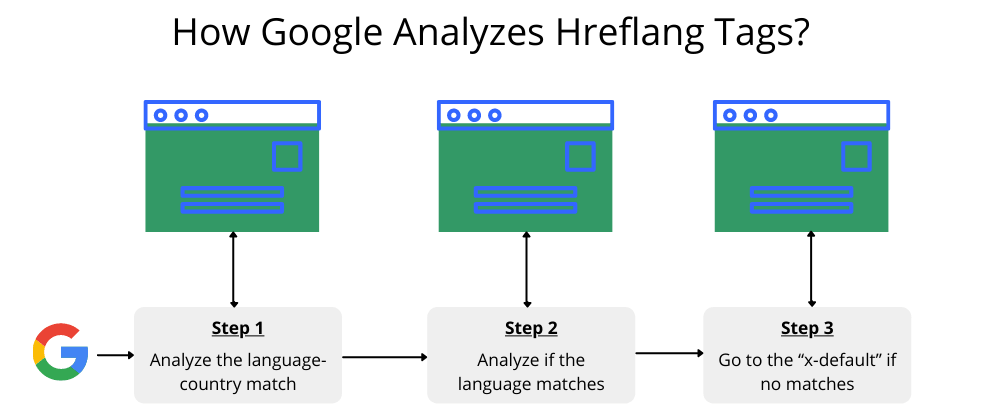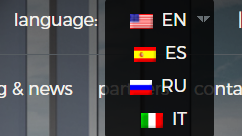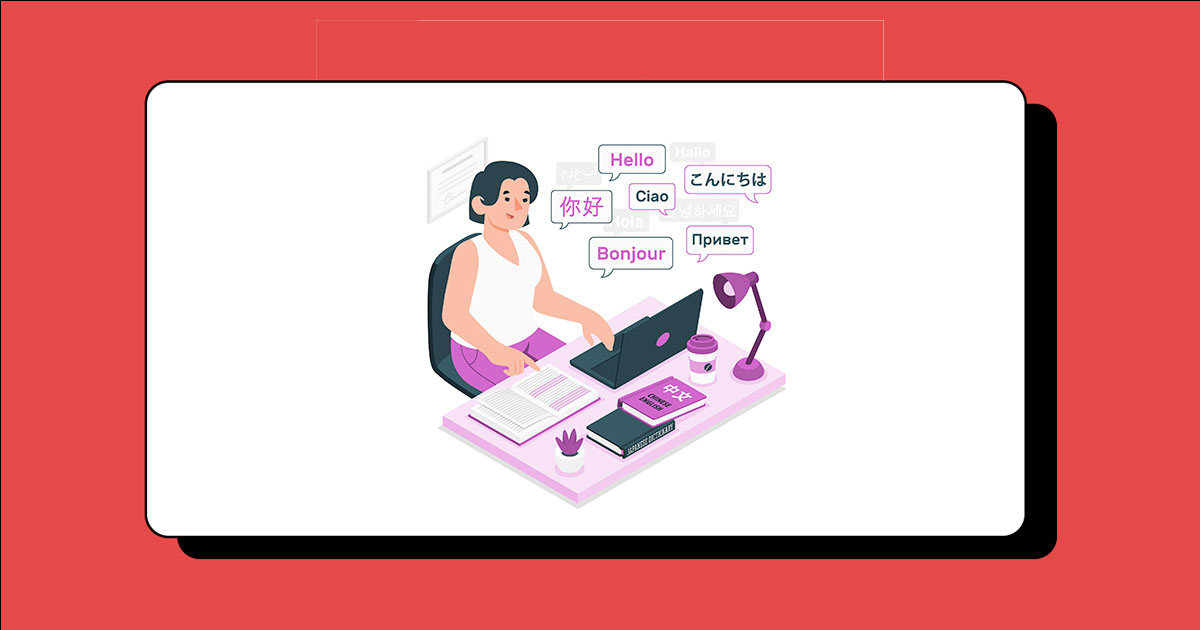Multilingual Website SEO: Best Practices for Technical SEO
Estimated reading time: 6 minutes
Multilingual websites attract international audiences who speak different languages from different parts of the world.
But with every language and location added, your site's technical SEO can become a tangled mess.
From unique URLs and hreflang tags to sitemaps and meta tags, optimizing your multilingual website can feel overwhelming.
However, by following a few key technical optimization tactics, your website can rank higher in organic search results, improve the user experience for international visitors, and increase conversion rates.
So, let's dive into the world of multilingual SEO and discover how to optimize your website's technical elements.
Ogilvy MarTech is a marketing technology solution provider based in Sri Lanka. We are an award-winning web design and development company with over 10 years of experience. In the field of SEO, our expertise ranges from Technical SEO, SEO consulting, SEO Audits, and more. If you're seeking professional SEO services, get in touch with our team of SEO specialists!
What is Multilingual Website SEO, and why is it critical?


Multilingual website optimization is a process of ensuring that websites are optimized for multiple languages and international audiences.
This involves optimizing the technical SEO elements of the website, such as URLs, hreflang tags, meta tags, sitemaps, and more.
The ultimate goal is to ensure that websites can be easily indexed by search engines and understood by international visitors.
With a well-optimized website, businesses can reach out to an international market, grow their customer base, and increase conversion rates. It also helps them stay ahead of competitors who have not optimized their websites for multiple languages.
The Challenges of Multilingual Websites
One of the key issues with multilingual websites is that they require multiple versions of content to be created for each language.
Missing a reliable URL structure can degrade the user experience and result in inaccurate indexing. Issues with duplicate content and automatic redirects can also arise.
Furthermore, poor translation and optimization of the content can hinder the effectiveness of multilingual websites. Translating content into several languages while preserving context and SEO factors can be difficult.
Additionally, there are technical SEO challenges that arise with hosting a multilingual site. For example, setting up and managing unique URLs for each language version of the website can be a complex process.
It’s also important to use hreflang tags to tell search engines about the language and intended audience for your content.
Let's check out the top technical SEO best practices you need to consider for your website.
Best Practices for Multilingual Websites Technical SEO
01. Choose the right URL structure.
Selecting the appropriate URL structure is one of the first steps in setting up a multilingual WordPress site. There are other possibilities available, but the most crucial thing is to consistently stick with whatever the structure you choose.


- Use separate domains or ccTLD specific to each version to make it clear which region you are targeting.
- Use subdirectories within a single domain (gTLD) to represent different language or country versions.
- Use subdomains along with the same main domain to highlight different versions.
- Use URL parameters to specify the language or country version (not recommended by Google).
02. Use the hreflang tag.
Hreflang tags are snippets of code that let web crawlers know about web pages with comparable content but that are adapted for different locales or languages.
The hreflang tag appears as follows in HTML:


And here's how Googlebot reads hreflang tags:


- Implement hreflang tags correctly to prevent duplicate content issues and associated penalties.
- Place hreflang tags in the appropriate locations, such as the <head> section, HTTP headers, or XML sitemaps.
- Use correct language and country codes, ensure the tag points to the correct version of the page, and add them to all page versions.
03. Implement language-specific sitemaps.
Now that you have specified the language, you need to create sitemaps for each language. Sitemaps are basically a database of the pages on your website, which is essential for indexing.
- Create separate sitemaps for each language version to help search engines understand and index international pages more efficiently.
- Ensure that search engines crawl and index all pages on your website quickly and efficiently.
04. Ensure accurate translation.
The translation of each page must be accurate, consistent, and comprehensive.
Google determines the language of your page based on the visible content, so you must make the language clear by using just one language for both the content and navigation.
- Ensure that all elements and all pages are translated in a way that makes sense to the reader.
- Proofread translated content for accuracy, even when using AI-powered translation tools.
- Pay attention to elements such as time and date formats, units of measurement, cultural references, and currency.
- Align every aspect of the web page with the target audience's language, including writing style and visual elements.
- Translate keywords, create compelling meta descriptions, and title tags, write accurate alt texts for images, and include internal links in the same language.
05. Language selector


Including a language selector is an important practice for multilingual websites. This gives users the option to choose the language they prefer.
- Make sure that a language selector is visible at the top of each page.
- Avoid using national flags and instead display languages in their native representation.
- Use appropriate methods to enable users to select their preferred language, ensuring a seamless multilingual experience on your website.
Dive Deep: 13 SEO Best Practices for B2B Companies (2023)
If you're a business owner or run an ecommerce store, let's have a chat on how we can offer you the best services to skyrocket organic traffic.
Final Thoughts
In conclusion, optimizing technical SEO for multilingual websites requires attention to detail and strategy.
Deciding the right URL structure, implementing hreflang tags correctly, creating language-specific sitemaps, optimizing your website for mobile devices, and ensuring accurate translation can all help improve your website's rankings and attract global audiences.
By following these steps, you can help your business reach a wider, more diverse audience and improve your overall online presence.
Read Next: 14 Step Technical SEO Checklist To Win Your Audience In 2023




